For music lovers and players, it is always a treat to hear music played on any instrument. If the instrument can play a variety of tunes despite its range, it is often preferred by artists since they no longer need to rely on various instruments to have a large choice of things to play.
Two of the most notable instruments that have the flexibility musicians love are harmonicas and melodicas.
There is often a misconception or confusion regarding the similarities and differences between harmonicas and melodicas, especially with melodicas being known as key harmonicas. What exactly are harmonicas and melodicas in the first place?
Both harmonicas and melodicas are free-reed instruments—instruments which create music when air passes a reed. Air passes within the instrument by blowing inside it or with a bellow.
Of course, all of this make much more sense if you understand the lingo. You can learn it here if you are unsure at any time
Melodicas
A melodica looks like a keyboard at first, but it has a mouthpiece in the side where one can blow air into the instrument . Pressing a key opens a hole which allows the air to circulate and in turn, produces a sound.
In some cases, foot pumps designed for melodicas can also be used to blow air into the melodica. Similar to a harmonica, melodicas are very small and easy to carry everywhere. They are also very popular in Asia due to the number of octaves they can reach.
Melodicas are also classified into various types based on the ranges they can play in. The first types of melodica are soprano and alto melodicas, which are melodicas that can produce high-pitched and thinner sounds. Some players tend to play these melodicas with both hands with the left hand taking care of the black keys while the right handles the white keys. Others play it similarly to how a tenor melodica is played.
The tenor melodica produces a much lowered pitch with the left hand holding the handle in the bottom part of the melodica and the right hand taking care of the keys. For easier playing, some tenors put a tube in the mouthpiece hole and lay the melodica on a flat surface to get easier access to the keys.
The bass melodica is also a choice for some players; however, it is very rarely used by melodica players.
There are also two other types of melodicas that are available in the market. The first one is the Accordina. An Accordina is made from metal but it still has the same parts found in a normal melodica. However, instead of a keyboard, a button schematic similar to an accordion’s keyboard is present in the Accordina.
The wooden melodica, on the other hand, is made of plastic and wood. However, only two companies are known to make these types of melodicas, Sound Electra (MyLodica) and Victoria Accordion (Vibrandoneon).
Harmonicas
On the other hand, harmonicas or French harps can be played with one’s mouth as it directs in air to one or more holes through the mouthpiece. Each hole has a chamber which corresponds to a reed and makes the melody.
When a harmonica player vibrates the free end of the harmonica, it also produces a sound. It is important to remember that the reeds are actually pre-tuned unlike melodicas and if one wishes to change the pitch it produces, the reeds must be manually shortened or replaced with stiffer reeds.
The location of the reeds varies depending on the harmonica type. Harmonicas are also well-known to be able to do pitch bending. In this case, the tunes drop a pitch as the isolated reeds are bent.
There are several types of harmonicas which vary in how they are played and what sound they perform. The most common one is the diatonic harmonica which is designed to play a specific key, but other keys can be performed by forcing the reeds to play these keys.
The chromatic harmonica uses button-activated sliding bars to influence the air flow and control the music that flows out of the harmonica. Tremolo-tuned harmonicas, on the other hand, can produce a warbling tune that is both sharp and flat in nature.
There are also other types of harmonicas that can be used for specialized purposes such as orchestras, chords and pipes. Electronic harmonicas are also available in the market.
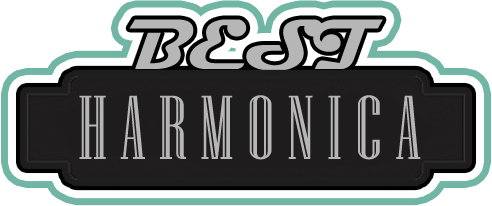

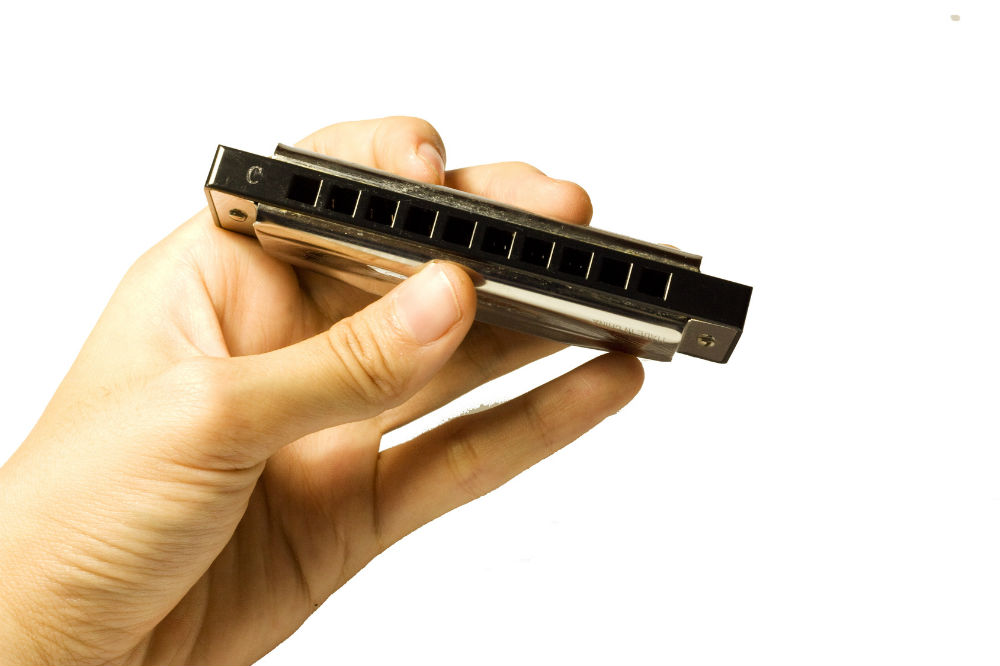
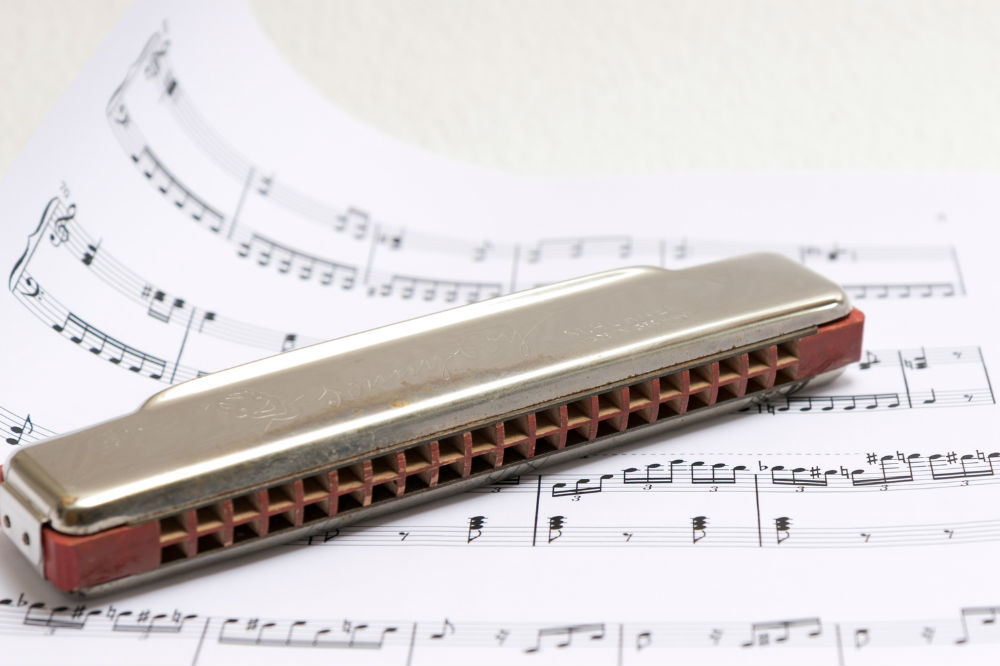
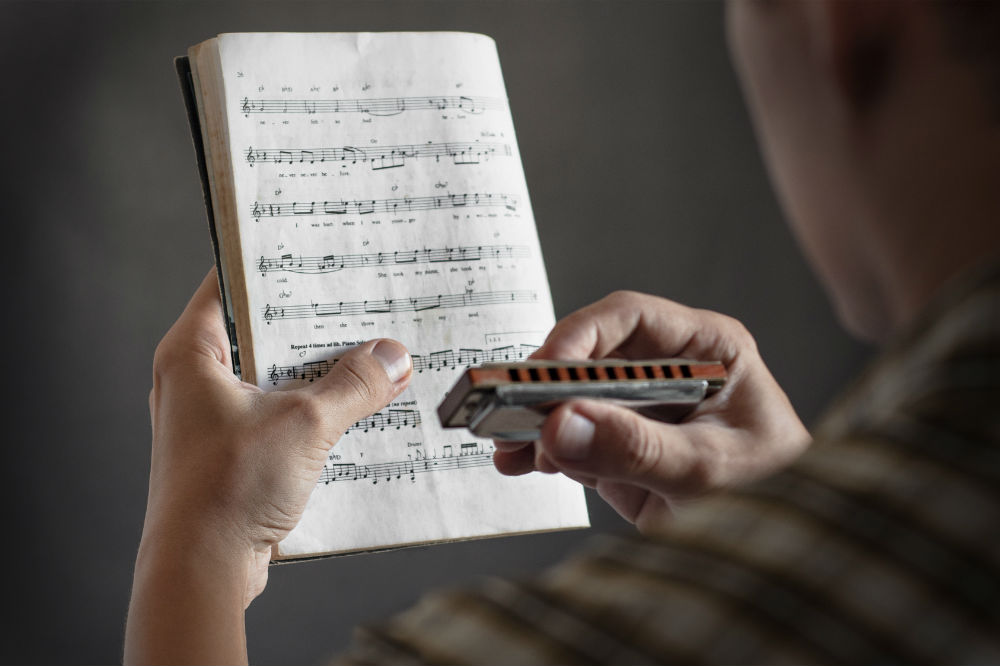
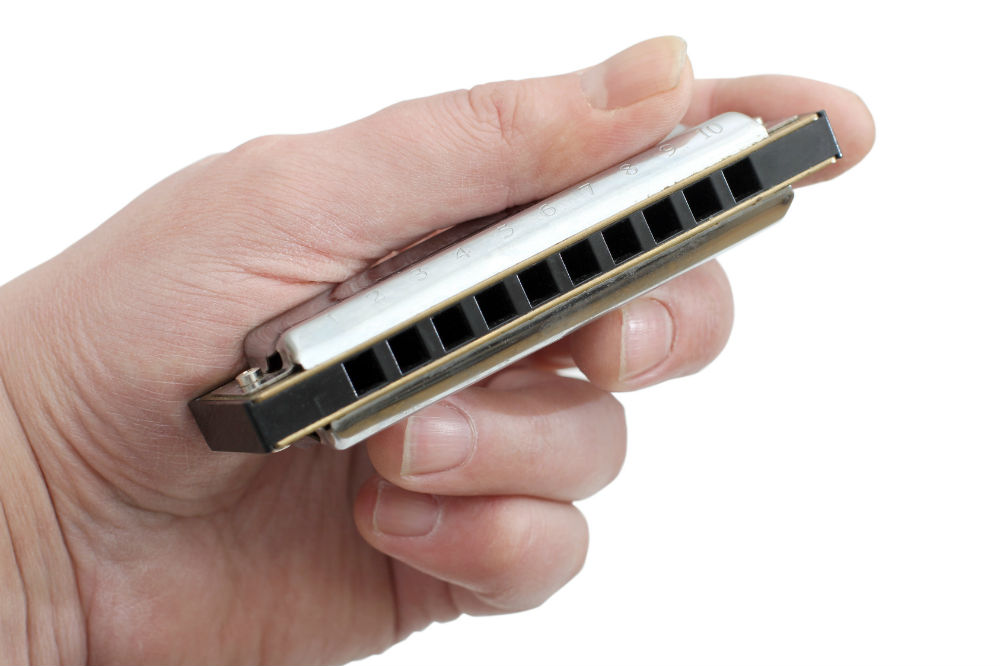
 The Best Beginner Harmonicas for Children
The Best Beginner Harmonicas for Children